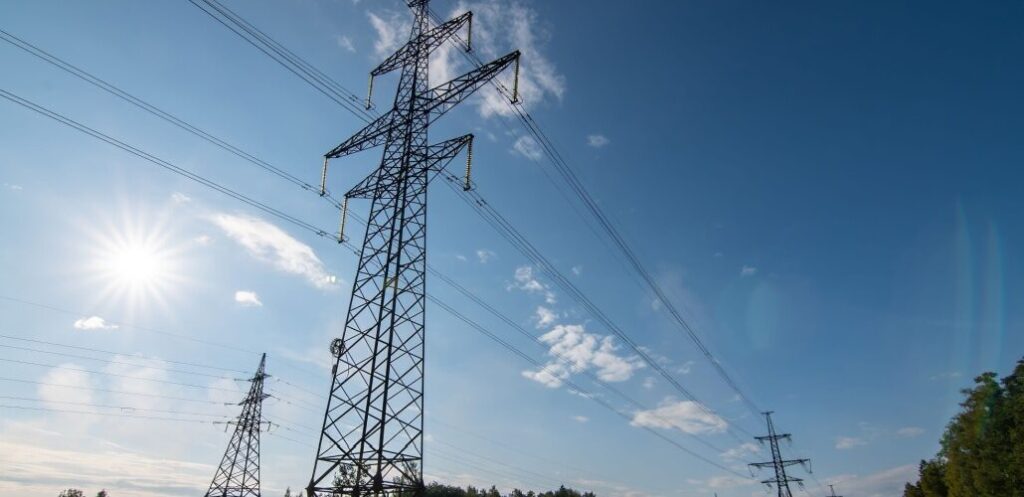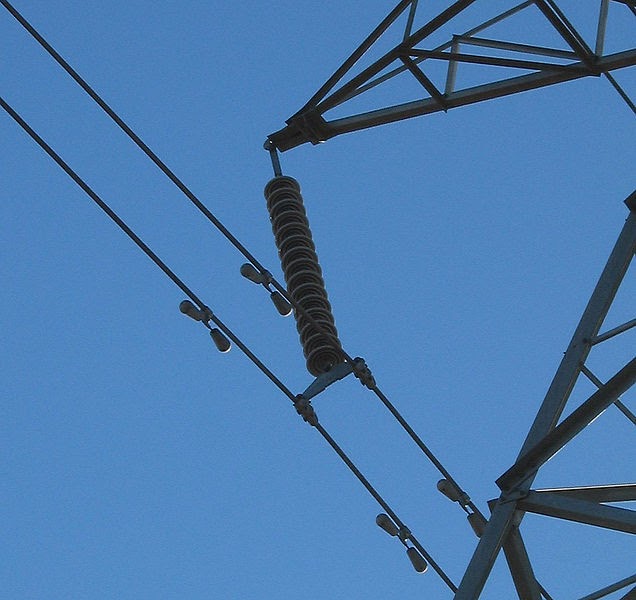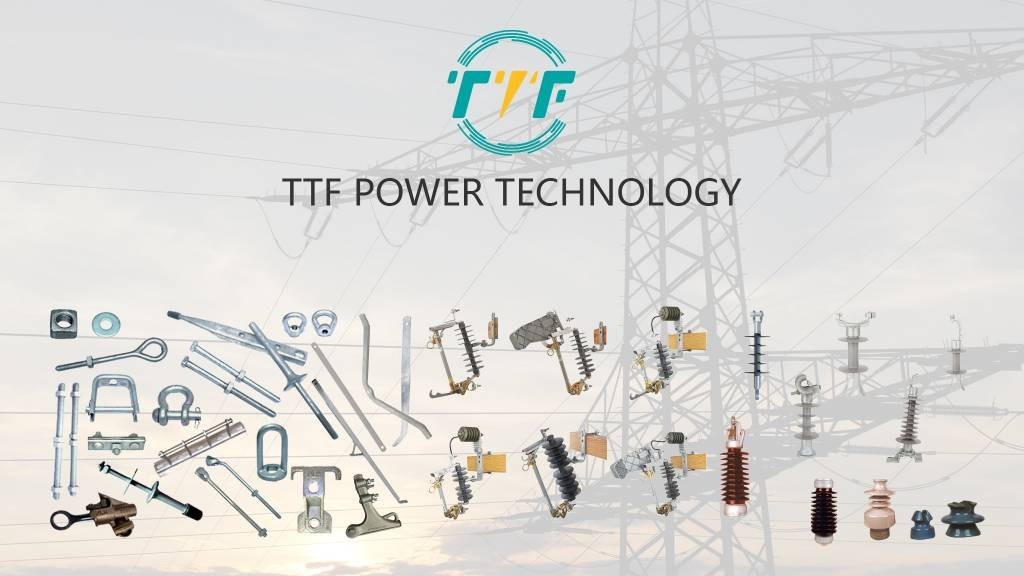
The government of Colombia intends to exclude certain renewable energy projects from environmental and social permitting procedures. The nation is set to speed up its shift to a more sustainable and robust energy grid. It boasts helpful geography, abundant natural resources, and an increasing dedication to reducing carbon emissions. Taking the expedited route involves navigating structural, regulatory, and infrastructure challenges. Colombia possesses resources including hydropower, solar energy, wind energy, geothermal energy, and biomass. The government targets 30% of energy to derive from unconventional renewables by 2030. These resources need upgraded infrastructure to transport energy from production locations to consumption regions. Colombia needs to invest in contemporary transmission lines, put in place smart grid technologies for load balancing, and use grid-support equipment such as suspension clamps, cutout fuses, and pole line hardware. Stockbridge dampers end conductor fatigue and promote the durability of overhead power lines.
Colombia’s windiest regions face the risk of aeolian vibrations and galloping. These vibrations can lead to conductor strand damage, damage to splices and insulators, and increased maintenance costs. Stockbridge dampers extend the lifespan of transmission lines and ensure stable power evacuation from wind farms. Large-scale solar projects need long-term transmission lines to connect to the grid. Wind patterns cause vibrations in power lines, which demand dampers to prevent wear. Additionally, high-quality hardware ensures compliance with Colombian and international standards to reduce risks in renewable energy projects. The development of renewable energy in Colombia stalled due to various factors. Investing in the high-quality dampers is crucial to Colombia’s energy transition.
Stockbridge dampers in expanding Colombia’s power grid for renewables
A Stockbridge damper is a vibration control device installed on overhead power lines. It consists of a short cable or rod with weighted ends and is clamped to the conductor. Its main function is to dissipate aeolian vibrations, small, repetitive oscillations caused by steady winds blowing over the conductor. They offer flexibility where renewable energy projects range from small rural microgrids to utility-scale wind and solar farms. Stockbridge dampers protect overhead transmission lines from mechanical stress and failure. Lack of the dampers results in premature conductor fatigue, line breakage, and delays in renewable power delivery. Smart dampers with sensors for real-time monitoring and predictive maintenance. More dampers will be necessary for new transmission infrastructure for offshore wind, hybrid solar-wind parks, and cross-border interconnections. Here are the roles of pole line hardware in power grid expansion.

- Wind projects—La Guajira is a region with constant, strong trade winds. Long-span transmission lines from wind farms are highly susceptible to aeolian and galloping vibrations. Stockbridge dampers stabilize conductors to protect the mechanical infrastructure needed to send wind-generated electricity to the grid.
- Solar energy zones—solar energy zones in Cesar, Meta, and Tolima feature flat plains and hot climates. Transmission lines may face thermal expansion and light winds that lead to aeolian vibration. The dampers preserve line integrity across long, exposed conductor runs.
- New grid expansion—Colombia is investing in new high-voltage corridors to connect renewable-rich zones with demand centers. Stockbridge dampers prevent vibration damage across high-tension, long-span segments of new lines.
- Interconnection of new renewable projects—the country is expanding, integrating new wind and solar plants. Stockbridge dampers help reduce line failures to reduce downtime and improve grid resilience.
Main reasons for hindering Colombia’s renewable energy initiatives.
Colombia’s progress in renewable energy has decelerated in recent years because of many factors, even with its vast renewable energy potential. The transition to green energy in Colombia is experiencing delays because of the following reasons.

- Constraints of grid infrastructure—The current electrical grid in Colombia cannot support the rise of renewable energy. Transmission limitations and insufficient interconnection lines hinder clean energy from arriving at demand centers.
- Regulatory holdups—slow permitting procedures, a lack of transparency, and inconsistent application of environmental and social regulations—create uncertainty for investors.
- Investment risks and political instability—investors remain wary because of shifting policy indicators, project execution delays, and uncertainty surrounding grid tariffs, subsidies, and power purchase agreements (PPAs).
- Hydropower dependency in Colombia—The country largely depends on hydropower, which obscures the need to shift towards solar and wind energy. Excessive dependence on hydropower hinders the progress of alternative and renewable energy sources.
- Technical and logistical obstacles—establishing solar or wind plants in isolated areas encounters insufficient roads, safety concerns, and challenging landscapes.